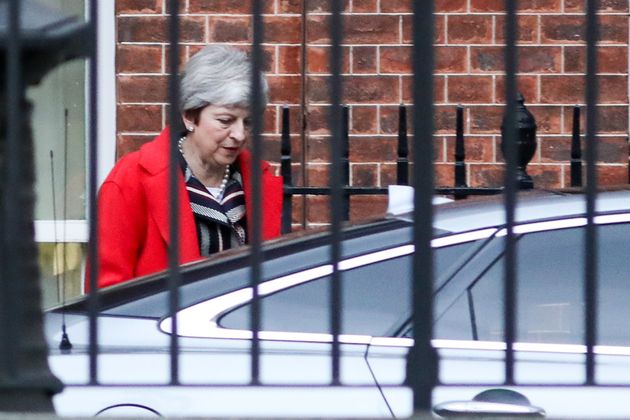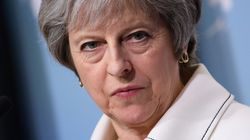
Struggling to get Parliament’s approval for her Brexit agreement with the EU, Theresa May faces her most difficult week yet.
At a time where the country never seemed so divided, the Prime Minister has managed to unite most MPs against her plans. Westminster is in a stand-off.
Some opposition is unsurprising. Remainers argue that keeping the UK in some form of customs arrangement but without a seat at top table setting the rules is a bad deal. Britain would become a rule-taker, not a rule-maker, echoing a central argument of Brexit campaigners.
These critics are joined by a vast range of pro-Brexit champions from Boris Johnson to Nigel Farage who see May’s deal as Brexit in name only. All claim she fails to deliver on promises made in her original red lines on the kind of deal that would respect the referendum result. A particular concern is that the current deal does not set a final date when the UK would leave the EU and any transitional period ended without need for a backstop.
Such a split was perhaps inevitable. Over 17million people voted to leave the European Union, but without a clear manifesto about what would happen if we did. This is in stark contrast to the referendum on Scotland’s independence and the then Scottish government’s Scotland’s Future white paper that set out the terms for any such win. No similar clarity on policies were available for Brexit. This contributed to different understandings of what an acceptable Brexit should look like – and so much division on which plan best captures the public mood.
There is no question that May’s deal is our Brexit if Parliament approves it. The problem is that seems very unlikely to happen. So what next?
Several prominent Brexit campaigners have argued that May has betrayed the public vote by failing to include Leavers close to negotiations. She did have several in top seats in Cabinet from the start making Johnson the Foreign Secretary and David Davis the Brexit Secretary. Alongside International Trade Secretary Liam Fox, they can hardly be said to be merely on the sidelines yet at the heart of May’s Cabinet.
With no Parliamentary majority in sight, May went on the airwaves over the weekend to make her case directly to the public. This is the right direction of travel: where MPs remain divided, a final say should be left with voters.
The Prime Minister should put her Brexit deal before the public in a new referendum if Parliament cannot accept it, as expected. She says the deal is the best Brexit possible at this time. Let’s take May at her word.
The 52% who supported Brexit lacked a plan spelling out its implications. Now this is settled. If MPs are unable to support it, then the public should be asked whether they want the only Brexit on the table. If not, we Remain.
Like before, this would be legally advisory, but it would place Parliament under considerable pressure to honour the result. But, crucially, it must not be a re-run of the last one or open a Pandora’s Box of fostering continued indecision.
This means not considering an option to re-open EU negotiations. Everyone from the Prime Minister to German Chancellor Angela Merkel have made clear that what we’ve got is the only deal available. Short of a snap elections, there is no clear mandate for starting afresh nor is there time to do so now. Giving an option to return to drawing board sets up a cycle of re-running referendums until the government likes the answer. That would not bring finality or respect democracy.
No Deal should also not be on a second referendum ballot. No Deal was never really an option – and new work and pensions secretary Amber Rudd’s comment that Parliament “will stop no deal”. Voters were promised it would not happen with German auto makers forcing Merkel’s hand and trade deals would become the “easiest in human history”. Maybe these could still come true. But the point is that the referendum result was about getting the best deal post-Brexit and not being left empty handed.
A second problem would be it would split the pro-Brexit vote between May’s Brexit and a No Deal Brexit potentially undermining the result. As someone who advised the Electoral Commission on the original referendum’s wording, I take seriously the need to keep the choice neutral for voters.
May has much else to worry about beyond her Brexit deal. Some in her party threaten a no confidence vote while others drum up support for a snap election. Neither need block a second referendum – it might even provide a temporary lifeline so she should rethink her opposition.
Britain is at a fork in the road. The choice is May’s Brexit or remaining, at least for now. Another referendum can be conducted that respects the last vote while drawing a line under the issue. Brexit no longer means “Brexit” but a specific deal in nearly 600 pages of detail. The public should get a final say if Parliament remains split.


